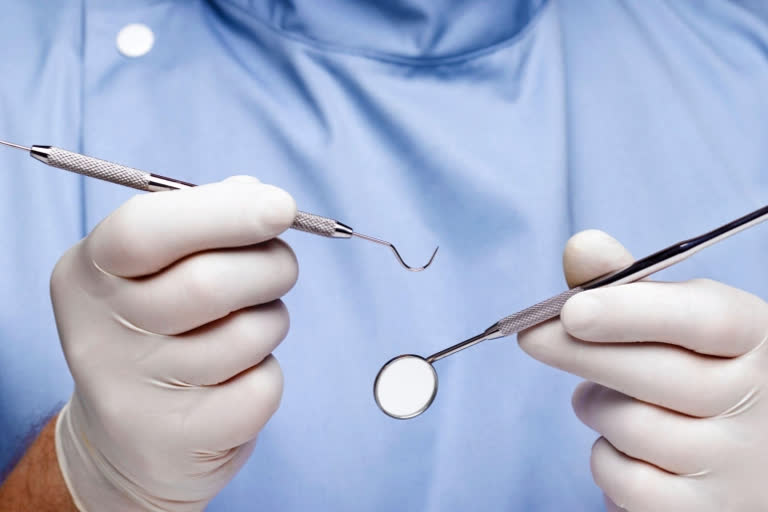Hyderabad: International Universal Health Coverage Day is a much-needed occasion for the public health community to advocate for accelerated progress towards Universal Health Coverage (UHC). Despite global progress, substantial differences in coverage persist between countries and within populations, in particular for oral health.
Oral diseases are major global public health problems that require urgent attention. An unprecedented 3·5 billion people have oral diseases, comprising tooth decay, severe gum disease, tooth loss, and oral cancer. The effect of these diseases on general health, quality of life, and wellbeing is substantial. Moreover, productivity losses from oral diseases are estimated at US$323 billion, highlighting the great social and economic harm they cause, particularly in Low-income and Middle-income Countries (LMICs).
However, public health and health policy solutions are available to address the burden of oral diseases. The WHO Global Oral Health Status Report, published in November, 2022, stresses that most oral diseases are fundamentally preventable by addressing social and behavioural determinants together with risk factors—such as tobacco, alcohol, and sugars—that are shared with many other non-communicable diseases. Practical policy approaches include better integration of oral health into primary health care in addition to oral disease prevention and oral health promotion strategies, supported by improved interprofessional collaboration.
However, comparative reports on oral health care among European countries show that public coverage is generally lower than for other areas of health care. Consequently, patients are burdened with high out-of-pocket payments, leading to more frequent financial burdens and unmet needs for oral health care than for other types of care. Data from LMICs are scarce. Despite being home to 80% of the world's population, LMICs report only 20% of the world's oral health-care expenditure. The fact that only 1·5% of dentists worldwide work in low-income countries further highlights the severe challenges and disparities in oral health-care coverage.
Why is oral health so overlooked in UHC? Among the many reasons are the misconceptions that oral health is entirely a personal responsibility, and that it is inevitably expensive because, in most countries, it is dominated by a private practice model centred around dentists, technology, and clinical treatment. These misconceptions have led to a widespread absence of population-wide approaches to the promotion of oral health. Yet highly cost-effective, population-level measures exist, including effective self-care with fluoridated toothpaste and workforce models that empower a wider oral health team with shared responsibilities and contributions.
WHO's Global Strategy on Oral Health clearly recognises that “achieving the highest attainable standard of oral health is a fundamental right of every human being”. This statement implies that oral health is a public good, and that achieving good oral health is therefore also a public responsibility—particularly towards vulnerable and disadvantaged populations, who face the highest risks and disease burdens and the lowest access to health services.
Considering the three dimensions of UHC (population coverage, service coverage, and cost coverage), citizens, patients, care providers, policy makers, and payors need to find solutions to better cover and integrate oral health services in primary health care. A key question is who benefits from coverage; however, this question cannot be answered without also defining the type and quantity of services that are publicly covered, including cost-sharing for these services.
Current coverage models for oral health care vary considerably between countries, ranging from no public coverage, limited or partial coverage, to comprehensive coverage (panel). Several countries have recognised that no or limited public coverage for oral health is a major challenge, and have gradually extended coverage for specific population groups (eg, Canada and Ireland) or for entire populations (eg, Brazil, France, and Thailand).
The realisation of UHC for oral health could start by first introducing a focused, limited set of benefits, but with commitment to gradual expansion towards more comprehensive benefits for all population groups (panel). Evidence and implementation guidance to support this process is already available.
